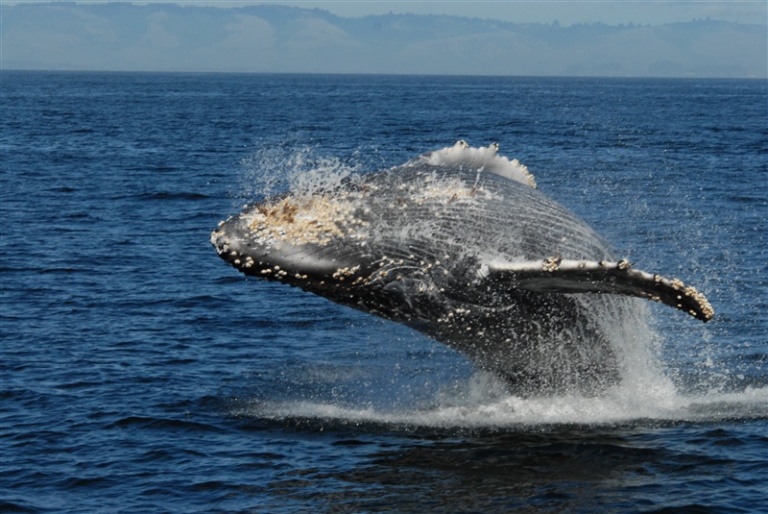Culture and conservation in baleen whales
From the abstract: Here, as part of the UNEP CMS Expert Group on Animal Culture and Social Complexity, we first evaluate key evidence for social learning and culture in baleen whales through several case studies. We then suggest key indicators by behavioural context to assist in identifying potential cases of social learning in more elusive species generating a practical guide […]
Culture and conservation in baleen whales Read More »
